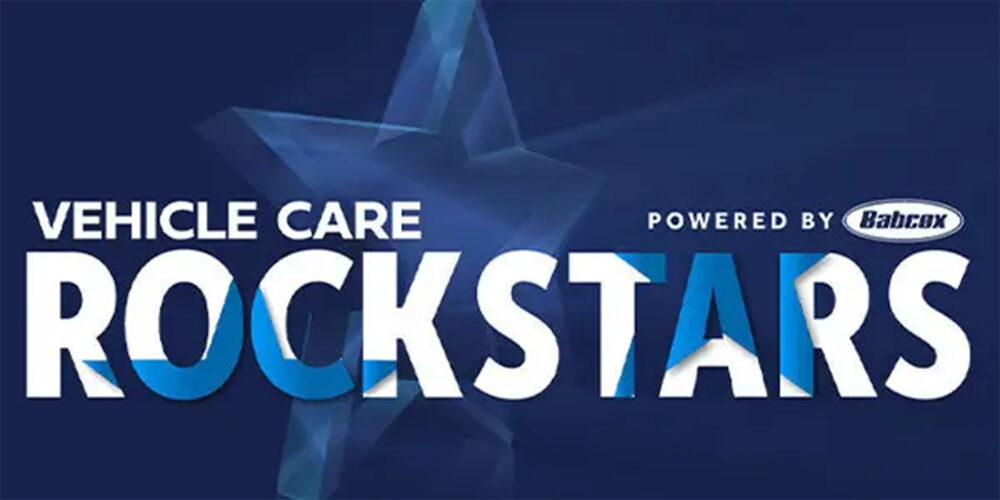Recently, I was asked to address members of the Chesapeake Automotive Business Association (CABA) on the topic, “Who will fix the cars in five years?” The challenge was to put together a 60-minute presentation that would answer the question and not offend the audience of shop owners and technicians. Skip Potter, the executive director of CABA, selected this topic so the audience members would start to think about their future, in the hope they would begin developing their own plans.
So my first thought on the topic was, “What is taking place in the industry that would provoke this question in the first place?” Let’s think:
1) The number of vehicles on the road continues to increase along with the number and types of import nameplate vehicles. Can today’s shop be expected to service every single make and model?
2) Vehicle technology continues to advance and with it comes a new world of diagnostic problems. Soon, 40% of a vehicle’s content will be electronics.
3) The growing competition from new car dealerships. The largest portion of a dealership’s net profit comes from service and parts, more than three times the amount that comes from new car sales.
4) The need for increased investment at the shop in tools, equipment and training. This is a challenge as shops owners and techs need to keep up with the changing technology in the vehicle and the array of new cars and trucks hitting the streets.
5) The shortage of qualified technicians. About 35% of shop owners are looking to hire a qualified tech.
So who will fix the cars in five years?
There will continue to be a move by shops to offer only the services they can do professionally and profitably. For example, shop owners who invest in alignment equipment will certainly be undercar focused, while others may invest in a variety of scan tools and be diagnostic specialists. Some shops will focus on a few vehicle makes and seek the training to service every system on those vehicles.
With a growing Hispanic population in America, the automotive workforce will continue to see an increase in Spanish-speaking technicians and shop owners. And the Nintendo Generation of technicians is graduating from career and technical education programs with a comfort level of computers that will prove to be very valuable in meeting the challenges of the advancing technology in today’s cars and trucks.
So where do you see your shop in five years? In what vehicle systems will you invest additional training dollars? Will you service hybrids? Light-duty diesels? Offer flash reprogramming? Buy a new alignment machine or diagnostic equipment?













